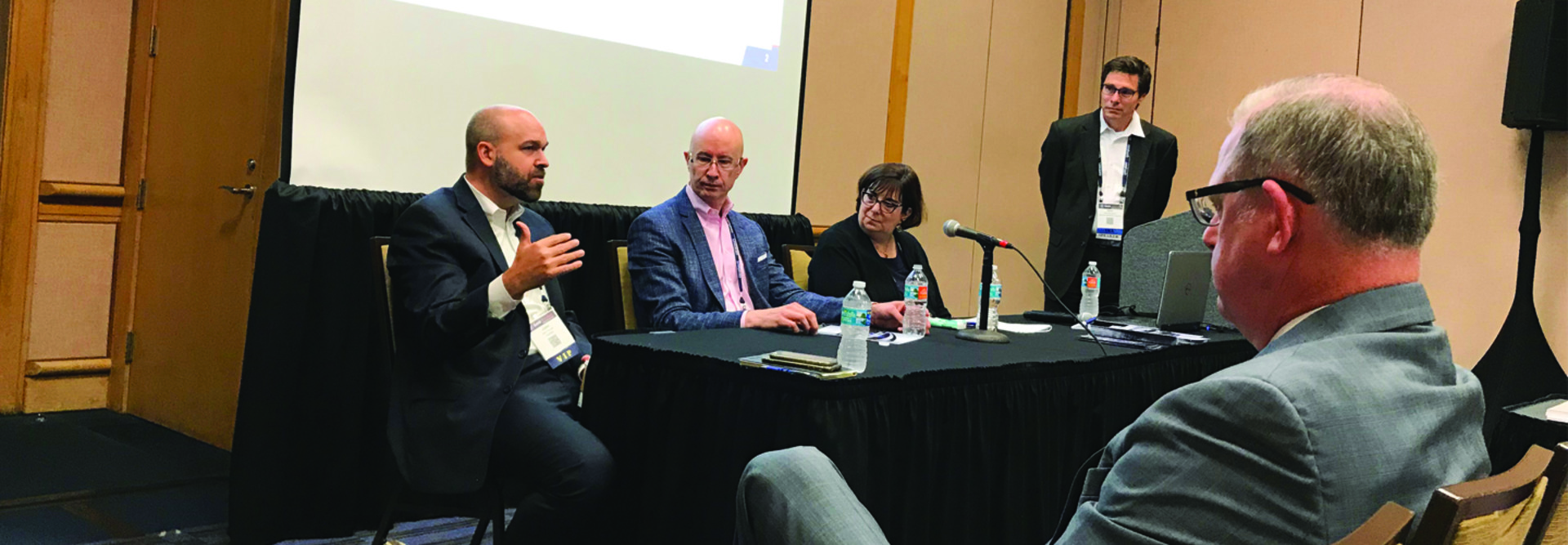DoDIIS 2019: Business Processes Should Rely on Commercial IT Products
The best reason for federal agencies to consider commercial IT services is simple: Private companies that specialize in IT are going to be better at the job than the government, said Defense Department Chief Data Officer Michael Conlin.
This won’t be the case for IT related to the war fighter mission or for intelligence, he said, but it is generally the case for the business end of the agency — human relations, payroll and similar functions common to all workplaces.
“We’re never going to be as good at managing IT as the people who do it as a business,” Conlin said Wednesday at the 2019 DoDIIS Worldwide Conference in Tampa, Fla. “And it is sensible for us to adopt those practices.”
For more articles from DoDIIS 2019, check out our conference coverage here.
SaaS and Other Solutions Make Sense for Government
A panel of chief data officers from the intelligence community spoke on the topic of modernization, which — especially when it comes to data-related functions — grows more important every day as the government’s legacy systems age.
Some government systems, according to a recent Government Accountability Office report, are more than 50 years old. “Systems shouldn’t be old enough to go to college,” said Nancy Morgan, chief data officer for the intelligence community. “That really terrifies me.”
Conlin, who termed himself a “heretic” on the issue, believes that on-premises business applications should be a thing of the past for agencies.
“You subscribe to Software as a Service instead, because business is business and there are best practices built into those solutions,” he said. “If you move to those best practices on a Software as a Service basis, they keep them up to date from a functional perspective, and from a technical perspective, and they keep them secure for you too.
“The thought that we’re going to do a better job of implementing and operating business applications on our premises is self-deluding,” he added. “We are too small. We spend $46 billion a year on IT, an astonishing figure. But the U.S. IT industry is $1.7 trillion a year. We’re a rounding error.”
White House Requirements Push Agencies to Be More Efficient
Becoming more effective in running business functions is a requirement of the President’s Management Agenda, he noted, but agencies can’t always match private sector abilities. “When we’re not as good, it’s often because we have specific strictures laid on us by the legislature,” he said.
Morgan said that government teams are able to solve most technical problems readily, but that data-sharing agreements and related memorandums of understanding were the real holdup.
“I’ve been in these three-year negotiation cycles,” she said. “We are keeping teams of lawyers very busy at multiple agencies. We’ve got to find ways to automate this work. I still dream of authority to operate in a day, but it’s not quite real yet.”






_0.jpg)



